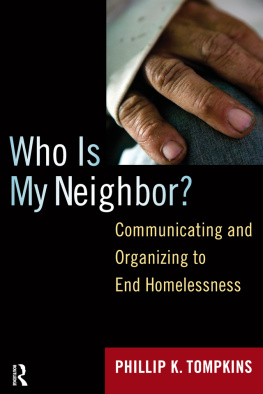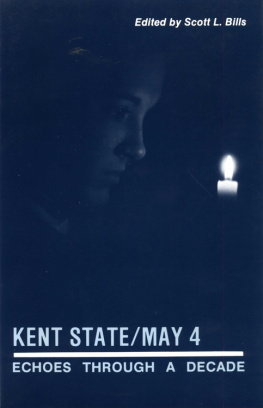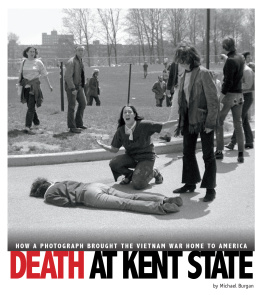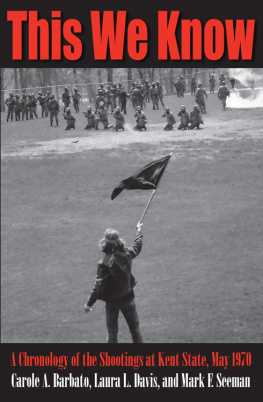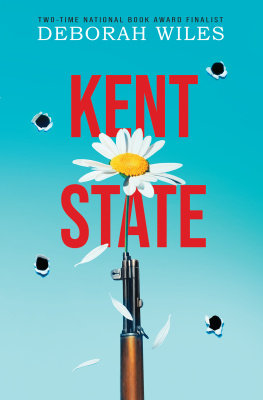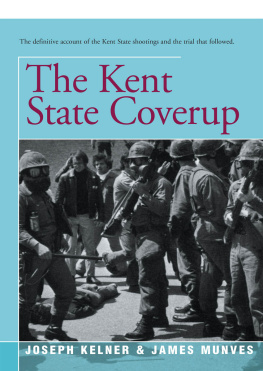First published in 1971 by Gordon and Breach, Science Publishers, Inc.
This edition first published in 2016
by Routledge
2 Park Square, Milton Park, Abingdon, Oxon OX14 4RN
and by Routledge
711 Third Avenue, New York, NY 10017
Routledge is an imprint of the Taylor & Francis Group, an informa business
1971 Gordon and Breach, Science Publishers, Inc.
All rights reserved. No part of this book may be reprinted or reproduced or utilised in any form or by any electronic, mechanical, or other means, now known or hereafter invented, including photocopying and recording, or in any information storage or retrieval system, without permission in writing from the publishers.
Trademark notice : Product or corporate names may be trademarks or registered trademarks, and are used only for identification and explanation without intent to infringe.
British Library Cataloguing in Publication Data
A catalogue record for this book is available from the British Library
ISBN: 978-1-138-93903-5 (Set)
ISBN: 978-1-315-67052-2 (Set) (ebk)
ISBN: 978-1-138-94139-7 (Volume 15) (hbk)
ISBN: 978-1-315-67041-6 (Volume 15) (ebk)
Publisher's Note
The publisher has gone to great lengths to ensure the quality of this reprint but points out that some imperfections in the original copies may be apparent.
Disclaimer
The publisher has made every effort to trace copyright holders and would welcome correspondence from those they have been unable to trace.
On Reissuing Communication Crisis at Kent State
Forty-five Years Later
Phillip K. Tompkins
Professor Emeritus
Communication and Comparative Literature
University of Colorado at Boulder
Reading the book 45 years later brings back bitter memories, of course, about four dead in Ohio and nine wounded. As the senior author of the book I want to thank my co-author, Elaine V.B. Anderson for her help in organizing interviews and coding the interview data. She, by the way, has been Elaine V. B. Tompkins since 1971.
I want to make several points about the book. The reader must either remember or come to realize that we had to finish the spring quarter of 1970 by teaching via the U.S. Postal Service. Students were not allowed back on campus after the shootings. We assigned readings, administered exams via mail. Those of us serving on the university Commission to investigate the shootings worked throughout the summer of 1970. Our interviews with students for the study were conducted in many cases by telephone. There was a rush for those of us on the Task Force on Communication to make recommendations so the group could vote on them. The publisher was in such a rush to publish the book that the manuscript we submitted was not edited. Every word in the book was photographed exactly as it came out of the typewriter of Mrs. Terry Byers.
Another point I want to make is that the recommendations we made were accepted and approved by two bodies created to investigate the events of May 4: a Task Force on Communication and a Commission to Implement a Commitment to Non-Violence. I have since heard two criticisms of the book. The first is that it cries out for an editors blue pencil. I do not disagree. The second is that the criticism of the Kent State University administration, including President White, was harsh. I do not disagree. The tone of the book was determined by the attitude of the people we interviewed.
We heard the harshness and bitter criticism of the administration from students, faculty and members of the administration. Indeed, perhaps the harshest criticisms were heard in interviews I conducted with those administrators. They also made it clear that the problems experienced during the crisis grew out of weaknesses apparent in the routine functioning of the organization.
I hasten to explain the photographs in the book. They were taken by a student in my class in communication theory, John P. Filo. John asked if he could give me a term paper without any words. I replied that I had never received one before, but he replied that he had been on campus the day of the shootings with his camera. He said he could tell a story about miscommunication by the order of the photographs. I gave him approval, he gave me the paper, and I gave it an A ++. He also sent the paper to his hometown newspaper in Pennsylvania, which in turn nominated the folio for the Pulitzer Prize in Photography for 1970, which he won. He also gave us permission to publish them in our book. When he heard that Elaine and I were getting married in Grand Rapids, Michigan on June 12, 1971, he made the trip up to photograph us as a wedding gift.
May 4, 1970
Copyright 1971 by GORDON AND BREACH,
Science Publishers, Inc.
440 Park Avenue South,
New York, N.Y. 10016
Editorial office for the United Kingdom
GORDON AND BREACH,
Science Publishers Ltd.
12 Bloomsbury Way
London W.C.1
Editorial office for France
GORDON & BREACH
7-9 rue Emile Dubois
Paris 14e
Library of Congress Catalog Card Number: 77-161215
ISBN 0 677 03970 0 (cloth); 0 677 03975 1 (paper).
All rights reserved. No part of this book may be reproduced or utilized in any form by any means, electronic or mechanical, including photocopying, recording, or by any information storage and retrieval system, without permission in writing from the publishers.
Printed in the United States of America.


